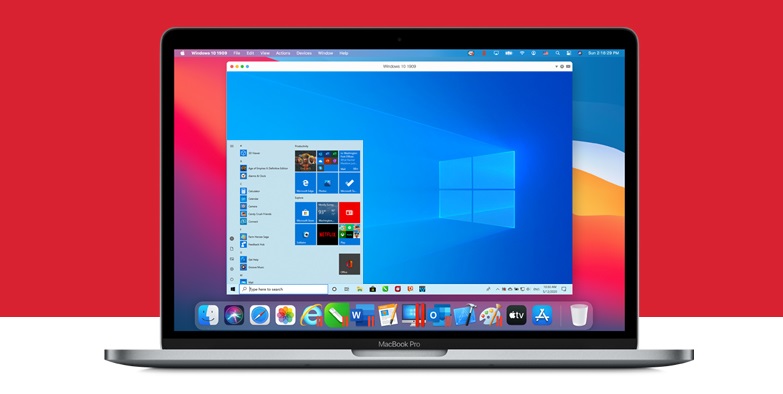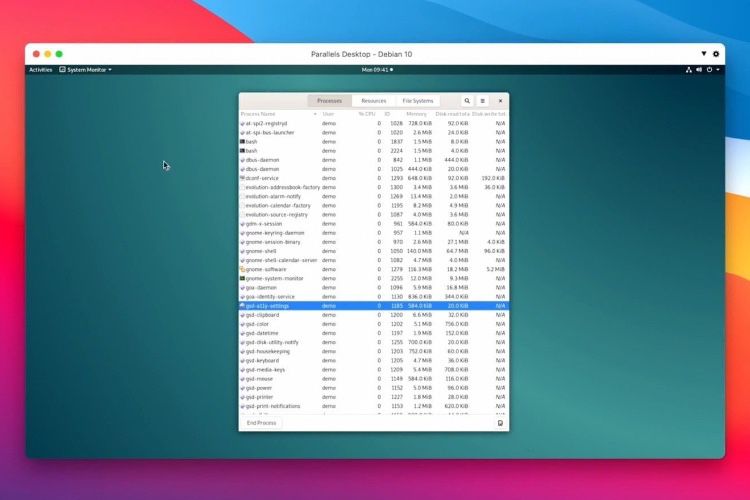


- #Linux parallels m1 how to
- #Linux parallels m1 mac os
- #Linux parallels m1 install
- #Linux parallels m1 drivers
Virtual machine software for Macs includes VirtualBox (free) and Parallels, which were mentioned above. One drawback of virtual machines is that they use a lot of drive space. You can create many snapshots, branch them, etc. Virtual machines offer advantages like "Snapshots", which allow you to save the machine, try something you are not sure about, and then restore the machine back to the snapshot. I run Linux on that Mac in virtual machines. On the other hand, that may not matter in some considerations. My reading on the matter suggests that linux is still most superior on intel or amd hardware, so I think that for optimal facility, one might consider matching hardware with software.

The Macs are made to optimally run Apple's operating systems though linux can run on pretty much any of them. I'm a little out of date having given up my Mac a few years ago. You would need to get Mac's xcode program and perhaps some other generic program-assisting programs. If you want to cross-compile for linux architectures, that's possible. The terminals and IDEs if you want them are mostly available. Nearly of the linux programs are downloadable to the Mac through the homebrew package management system, which includes the C coding essentials like gcc and clang and all manner of other programming languages.
#Linux parallels m1 how to
How to build a kernel module with DKMS on Linux ( xmodulo.I can't tell you which is the best linux distro for the Mac M1, but what I can tell you is that your Mac can be run very similarly to a linux computer. VMware Fusion Player – Personal Use LicenseĪircrack-ng/aircrack-ng: WiFi security auditing tools suite ( ) Utmapp/UTM: Virtual machines for iOS and macOS ( ) The iwconfig should show the wireless adapter, in my case it was wlan0. Supposedly this might work also sudo dkms autoinstall, but I didn't test this.
#Linux parallels m1 install
Navigate to the cloned directory: cd rtl8812auĬompile the module and install compatible drivers: sudo make dkms_install Install dkms which is a framework where device driver source code can be compiled into the existing Linux kernel.
#Linux parallels m1 drivers
Then clone the wireless drivers git repository under your location of choice. If some other distro, ensure it is: sudo apt-get install git If this is Kali Linux, git should already be installed.

sudo apt-get install linux-headers-$(uname -r) We'll have to try finding a compatible driver. Running the iwconfig command shows no wireless adapters: Then once booted onto the desktop, I opened up a terminal and updated apt-get index and all installed packages.
#Linux parallels m1 mac os
I ensured that the USB wifi adapter which was detected by Mac OS was directed to the Linux VM. VMWare FusionĪfter installing VMWare Fusion and having Kali Linux installed correctly. Since this Alpha USB wifi adapter uses the RealTek drivers, I was hoping it would work. It seems that both Parallels and VMWare Fusion 13 (free for personal use with registration) will work with Kali Linux and certain USB wifi adapters. After googling around it seems that the version 2022.3 works for now with UTM. With version 2022.4, I wasn't able to get the installed VM to boot. All that was shown with iwconfig was the virtualized ethernet port and no USB wifi network adapters. Make sure you download the ARM64 versions of either the live boot or the installer. I've been able to install Kali Linux and live boot Kali Linux on two different VMs through UTM on Mac OS Ventura (13.1), however, I was never able to get the Alpha USB adapter ( AWUS036ACS) to be detected.


 0 kommentar(er)
0 kommentar(er)
